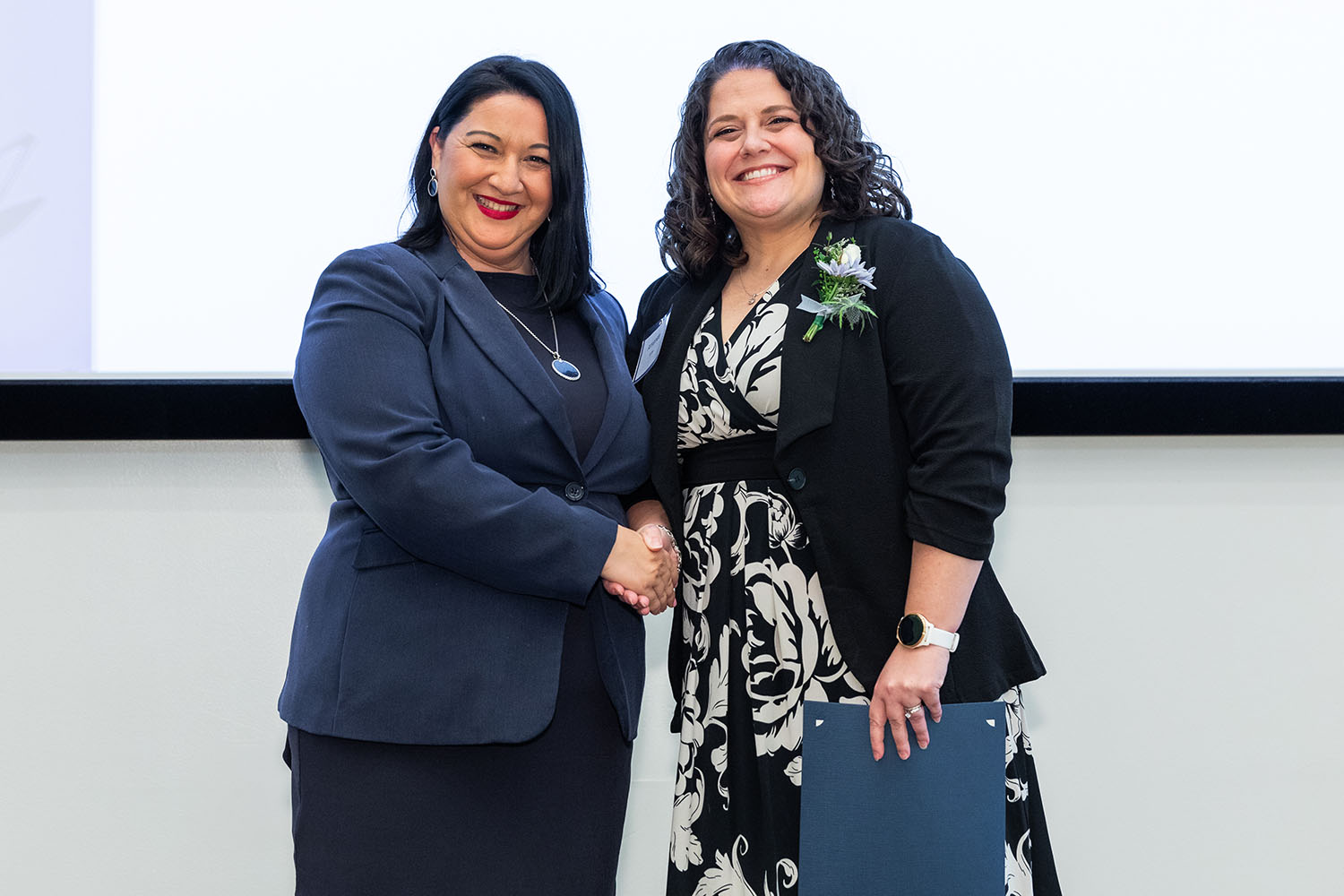
Ross Lewin, executive director of the Office of Global Programs, is a guest contributor to UConn Today. His posts appear on Tuesdays. For his previous posts, click here.
What’s the next big thing in internationalization? Internationalizing the university is a hot topic in higher education, but it’s also one that’s extremely dynamic. Setting goals is difficult because the target is always moving.
Until recently, internationalization has focused almost exclusively on undergraduate student mobility, with study abroad programming mirroring the larger trends in higher education. The abiding liberal arts tradition in U.S. higher education manifested itself in international education through programs located in the cultural capitals of Western Europe that were designed to create cosmopolitan individuals. When diversity arose as a priority in higher education, study abroad shifted its priorities to the development of interculturally sensitive individuals. In the last five years, resurgent interest in civic engagement has shifted the study abroad landscape once again. Universities have been encouraging students to go abroad in order to become global citizens who not only feel comfortable in multiple cultural settings and who understand what it is like to “walk in somebody else’s shoes,” but who are committed to improving the global common good.
Higher Education is now experiencing a period of urgent pragmatism, primarily in response to the Great Recession. In light of wage stagnation, falling housing prices, and high unemployment, public universities have come under intense pressure by taxpayers to demonstrate their utility. There is particular scrutiny of whether universities are adequately preparing their students for a competitive job market, whether their faculty members’ research is leading to significant job creation and income generation, and whether their community outreach is improving the quality of life of the citizens of their states. International offices at universities will have to respond to these issues just as much as the rest of the institution.
We will see in study abroad, for example, a demand for more cost-efficient programming. Universities in the U.S. are already witnessing growing student interest in low-cost exchange programs. But more than the cost, the students will begin examining these experiences in more practical terms, as a means to form early career networks with students from around the world, as well as to take courses that will provide them knowledge and skills that they cannot get at their own institution but which will make them more marketable. We have already witnessed significant growth in study abroad programs that include hands-on experiences, such as volunteer placements and internships. These will continue to grow, but I suspect they will be complemented by a new demand for programs that focus on developing entrepreneurial skills and breeding innovation. Universities across the country are running competitions for students to develop new start-up companies. They’re establishing business incubators. They’re investing in technology transfer. I suspect we will begin to see study abroad programming that provides students with these kinds of experiences in global settings.
Increasing student mobility won’t be the exclusive focus in the future. We already know that both the capriciousness of economies and capacity constraints are proving challenging obstacles to getting a truly significant number of U.S. students abroad. Universities are, of course, now thinking about how to globalize their own campuses, primarily by bringing more global content into their courses. But I foresee increased discussion of what it means to be a “globally networked university,” a discourse that has already pervaded other higher education systems around the world. More attention will be paid to promoting international research, creating international incubators, and determining how to ensure that technology transfers actually reach international markets. Universities will begin to create much tighter, sister-like relationships with other select and similarly profiled institutions, either by joining networks or by forming deep bilateral partnerships. In these scenarios, we should see more faculty and graduate student mobility, as well as more team teaching and/or the creation of global classrooms, either using online or live streaming technologies. And this teaching will not be designed to create efficiencies, but to develop new pedagogies that focus on teamwork, problem solving, innovation, and entrepreneurism.
The U.S. is beginning for the first time to enter the international student recruitment market as a source of revenue. American universities will no doubt be very competitive, given their worldwide reputation. We will see growing numbers of international undergraduates enter our freshman classes, and we will see more joint degree programs, whereby students may receive their BA in their home country and complete their MA in the U.S. I believe in addition that universities in the U.S. will start to emulate their global peers in developing international summer schools that showcase their strengths as institutions, bring in new sources of revenue, internationalize the domestic student experience, and provide initial exposure to talented prospective students for their graduate programs.
I also wonder whether our focus on numbers will stay the same. While U.S. universities have certainly seen consistent growth in study abroad, it is still only a fraction of U.S. students who are actually participating. It’s unlikely that this growth will suddenly take off, especially in this age. And there are some serious debates about whether study abroad is the only successful way of globalizing students. In my view, we may need to be asking new types of questions in line with the new scrutiny of universities. Rather than asking how many students we send abroad, we may begin asking how many students we are graduating who are fluent in Mandarin or Arabic? Or how many students experience working in international teams to develop partial solutions to vexing world problems? Or how many students do we want to graduate with entrepreneurial experience that has a global reach?
Finally, we will see ever more internationalization of staff and administrators. As universities develop deeper alliances with select international partners, they will begin to understand that we can begin to share all sorts of services. For example, I am looking forward to the day when our own students might be able to take advantage of the career service offices of one of international sister schools, and vice versa; and I am hoping that we will begin to form alliances between our offices of commercial development and those of partner institutions, knowing that joining forces may add up to more than the sum of the individual parts.
Universities in the U.S. are for the first time identifying themselves within the global context. They are paying attention to global rankings. They are concerned about their global brand. Moreover, U.S. institutions are beginning to realize that the best universities will be the most globally networked universities. They will generate the most discovery; they will attract the best students. They will even generate the most income.



